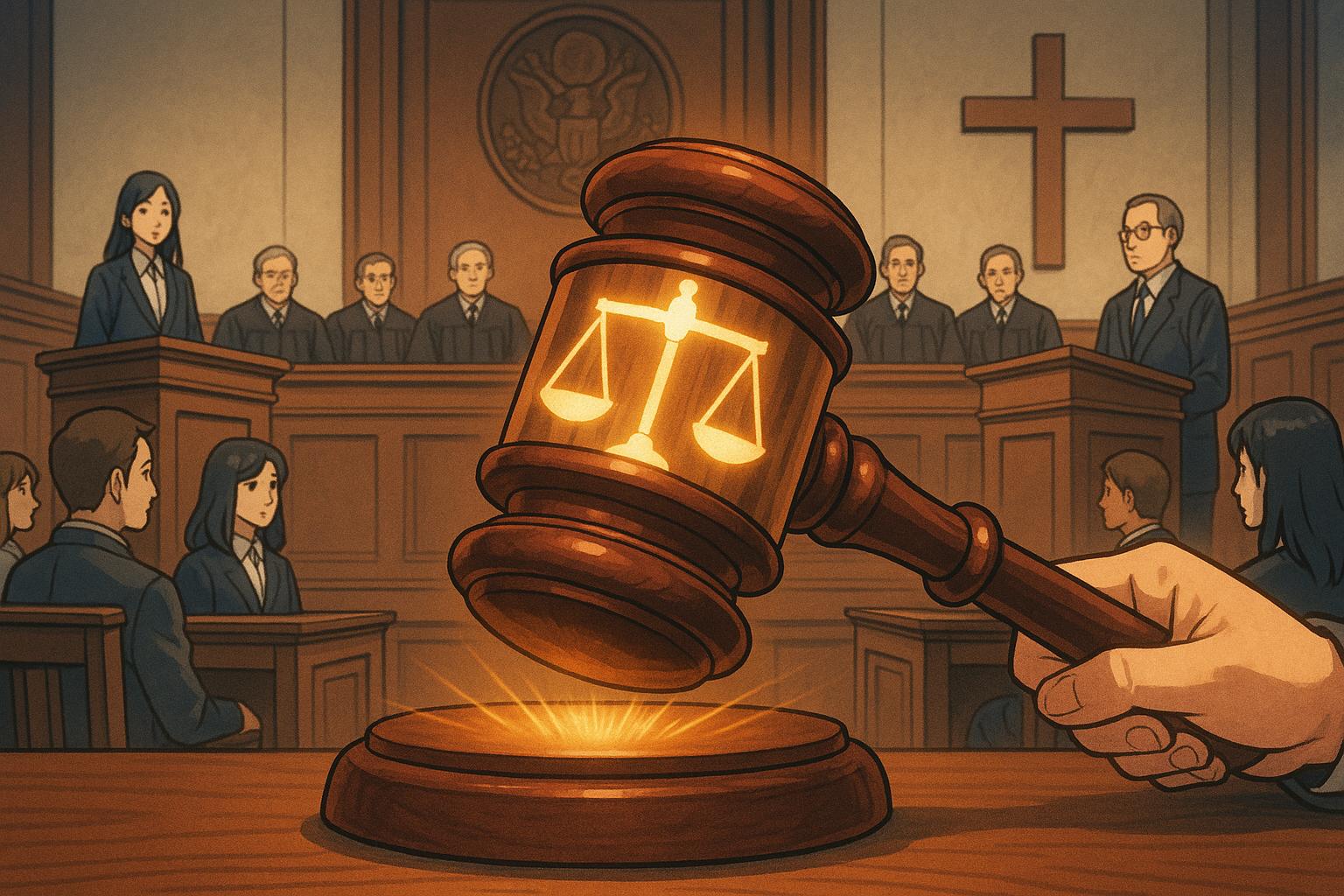The recent deadlock in the U.S. Supreme Court concerning the proposed St. Isidore of Seville Catholic Virtual School in Oklahoma has mirrored significant national debates surrounding the integration of religious institutions into public education. Following Justice Amy Coney Barrett's recusal, the Court divided into a 4-4 tie, blocking the establishment of what would have been the first publicly funded religious charter school in the country. This decision has left intact a lower court's ruling, which found that the school's establishment would infringe upon the First Amendment's establishment clause, designed to prevent government endorsement of religion.
The case is emblematic of the broader tensions surrounding religious influence in schooling, particularly amid a conservative political climate that has seen a resurgence of calls for the funding of religious education. Advocates for the school, including many within Oklahoma, argued that the institution would provide essential educational choices, particularly for families seeking a Catholic education for their children in a virtual format. Yet, opponents, including the American Civil Liberties Union (ACLU), contended that such a move would undermine the foundational principle of secular public education.
The journey toward establishing St. Isidore of Seville began with a narrow approval from the Oklahoma Statewide Charter School Board in 2023. However, this initiative quickly faced legal challenges, culminating in the state attorney general contesting the board’s decision based on constitutional grounds. The Oklahoma Supreme Court’s ruling against the charter school hinged on interpretations of both state and federal constitutions, reinforcing that the proposed school would cross boundaries established to maintain the separation of church and state. This ruling was thus upheld by the recent Supreme Court tie.
While the Supreme Court's conservative majority appeared inclined to lean in favour of religious charter institutions during earlier hearings, Chief Justice John Roberts’s hesitations became a pivotal moment in this case. His questioning suggested an awareness of the potential implications that endorsing a religious charter might hold, not just for the individual case but for the landscape of education across the United States. The lack of a definitive ruling also means that the issue remains unresolved on a national level, leaving proponents of religious charter schools to consider future avenues for their establishment.
The case of St. Isidore of Seville sheds light on an ongoing national discourse regarding educational equity and the rightful boundaries of religious influence in public life. Proponents of educational choice continue to push for avenues that would permit more religiously affiliated charter schools. Yet, civil liberties groups celebrate this judicial stalemate as a protective measure for public schools' secular integrity.
This deadlock signals not just a legal setback for advocates of religious charter schools but also underscores the complexities of navigating constitutional interpretations in a diverse society. Observers are closely watching how these discussions evolve, particularly as various states pursue legislation that may further blur these vital lines between church and state in educational contexts.
Reference Map
Source: Noah Wire Services
